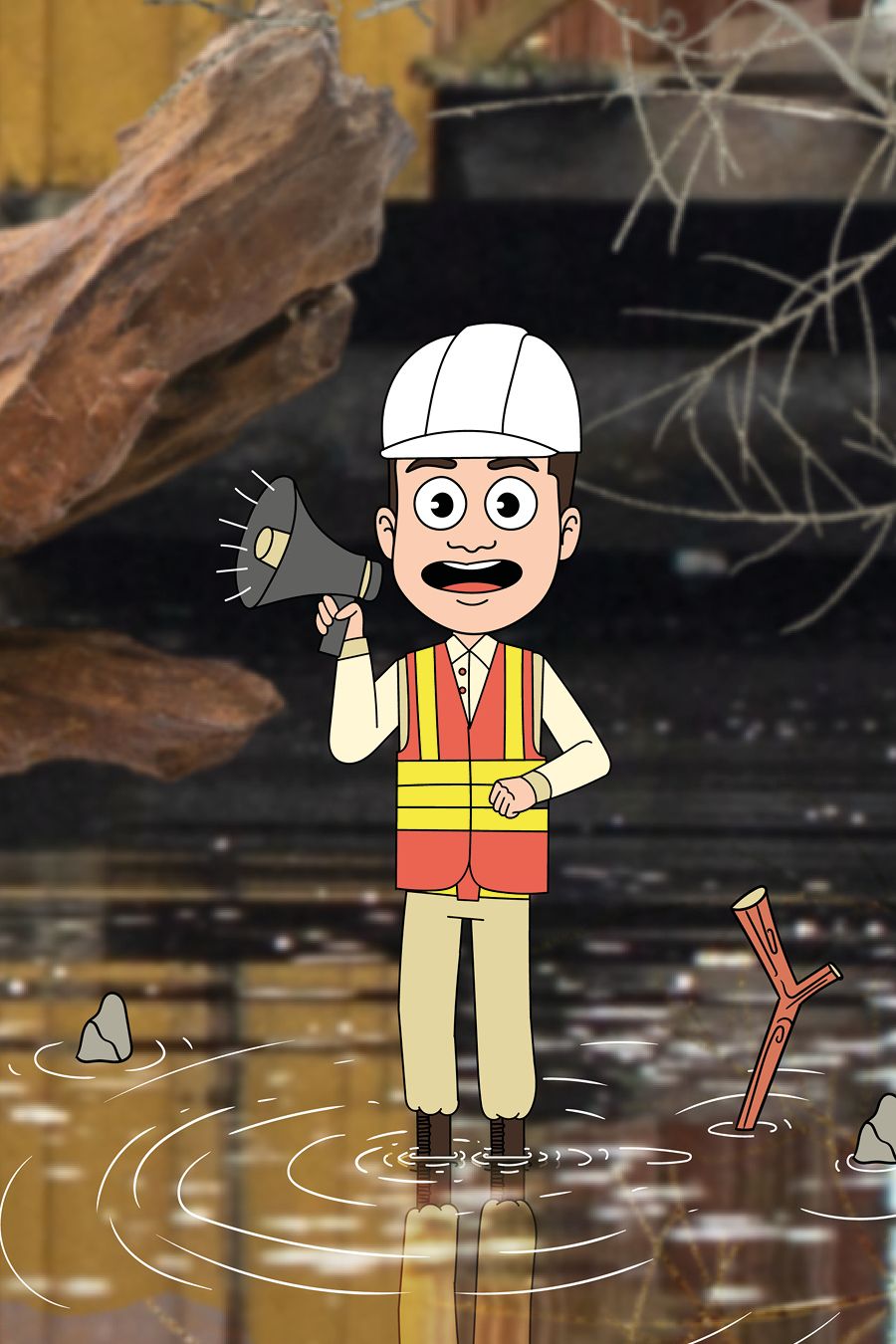- Speak Goodr - Mic Drop
- Posts
- The One Sentence That Holds Your Talk Together
The One Sentence That Holds Your Talk Together
Why your message probably isn’t as clear as you think—and what to do about it.
If your audience walks away unsure of what your talk was about, it doesn’t matter how many times they laughed, applauded, or complimented your delivery.
They might remember your stories.
They may remember you made them laugh or even cry. But if they can’t remember your point? You missed the mark. So let’s talk about the through line, your talk’s backbone. |  |
What Is a Through Line?
Your through line is your main point, distilled down into one clear, actionable, memorable sentence. And this sentence is for YOU, not necessarily for your audience.
It’s the reason your stories matter. It’s the glue that holds your points together. It’s what gives your audience a sense of direction, whether they’re with you for five minutes or a full hour.
The Risk of Overload in Speaking
Most speakers don’t start with a bad idea.
They start with a big one. A good one. A clear one.
They write their title. Maybe even jot down their main point.
And then, they start adding.
A great stat. A meaningful story. An extra takeaway the audience might love.
Before long, that one “big idea” has friends. Too many friends. The stats and stories aren’t inherently bad. However, they are just far enough removed from the main point or the through line that they become distracting rather than helpful.
What started as a focused message becomes a content buffet:
Here’s a story.
And another.
And another.
Each has a slightly different angle, and instead of supporting your big idea, they have now cloned your big idea with little mutations, causing complete confusion.
Now the audience walks away remembering a great talk… but not the point of it. And soon, the talk will be forgotten.
In a world where people only remember about 10% of what you say two days after hearing it (Medina, 2014), your job isn’t to entertain them with variety.
It’s to move them with focus.
Identifying a Through Line
Your through line is your talk’s backbone.
It’s not your topic—that’s too broad. It’s not your title—that’s usually made to be catchy. It’s not your outline—that’s too complex.
It’s your one, singular message, distilled to a single sentence.
So, when I prepare a talk, I start with this sentence at the top of my page as my through line:
“After hearing this talk, I want my audience to walk away…”
(feeling ___ or doing ___)
That’s it.
One sentence. One destination.
Everything else is either helping me get there or it’s dead weight.
Think about it like a plane ticket. When I look at my boarding pass, my destination airport is clear. It is where I am going.
Regardless of delays, turbulence, or even diversions, ultimately, that plane ticket is getting me to my final destination. The pilot has clarity on where we are headed, so do the crew and the passengers.
The same is true for speakers. We must have a clear through line or that one singular destination. Within the first few minutes through the end, the audience will know exactly where you are headed.
But Here’s the Trap...
We confuse content with clarity.
And let me be clear: not everything good belongs. And quite frankly, that’s the hardest part for me personally.
A few years ago, I delivered a custom keynote that had an overall theme or topic. It was clear. But I could not honestly answer the question of where I wanted my audience to be when I finished. What did I want them to feel or do as a result of sitting through the keynote?
As I researched and prepared, I found numerous incredible illustrations, compelling statistics, and a few stories that I just had to include. Categorically, they all fell under my topic, but just because they were topically aligned does not mean they had a clear, unified destination.
Before I knew it, I had not one, but three major points. Each point had its own structure, story, and supporting stats. They were solid. They were adjacent to my main point, but they stepped beyond my main point and confused the destination.
They didn’t support one takeaway.
The result?
People said nice things. They remembered a few funny or powerful stories.
But when I asked, “What was your biggest takeaway?”, I got blank stares.
If they can’t remember your point, your talk was forgettable.
Deciding what not to do is as important as deciding what to do.
Let’s Call This What It Is
This is the difference between a good speaker and a memorable one.
Good speakers have great content.
Great speakers have a through line that ties everything together.
That through line is ultimately what helps the audience remember the point.
If your audience remembers you, but not your message, you missed out.
Try This: The Through Line Test
Once your talk is drafted, ask yourself:
Can I summarize my talk’s message in one sentence?
Does every story, stat, and slide tie back to that one sentence?
If I removed the slides or lost my place, would the core message still land?
Could someone else explain my talk in 10 seconds?
If the answer is no to any of those, you may be taking your audience on a roundabout tour of a general topic, but not delivering a compelling and actionable talk.
Until Next Time,

Bottom Line
Your talk doesn’t need more content, it needs more clarity.
Say less. Say it better. Say it so clearly that they can repeat it to someone else.
That’s how messages move.
A special thanks to our advertising partners for keeping this newsletter free:
Join over 4 million Americans who start their day with 1440 – your daily digest for unbiased, fact-centric news. From politics to sports, we cover it all by analyzing over 100 sources. Our concise, 5-minute read lands in your inbox each morning at no cost. Experience news without the noise; let 1440 help you make up your own mind. Sign up now and invite your friends and family to be part of the informed.


Reply